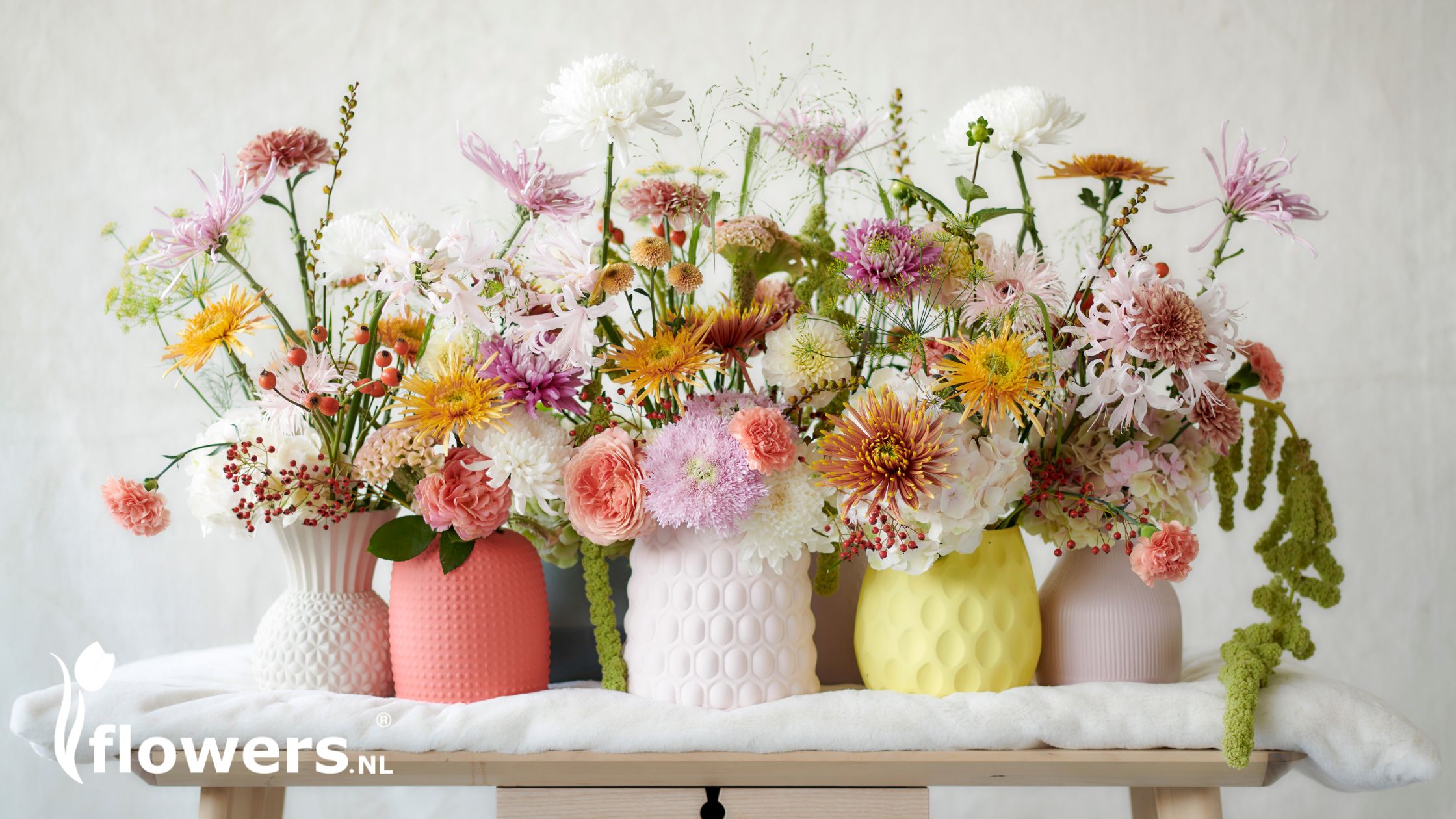Chrysanthemum

The Bold Bloom of Strength, Honor, and Joy
Rich in color and cultural meaning, the Chrysanthemum (Chrysanthemum spp.) is a staple in both classic and seasonal floral arrangements. Known for its full, multi-petaled head and striking variety, this bloom symbolizes joy, longevity, and remembrance across many cultures. Whether you're designing an autumn centerpiece or a cheerful sympathy bouquet, chrysanthemums add texture, color, and lasting beauty to every floral creation.
Name and Origin
Common Name: Chrysanthemum
Scientific Name: Chrysanthemum spp.
Chrysanthemums originate from East Asia, particularly China and Japan, where they have been cultivated for over 2,500 years. The name comes from the Greek words chrysos (gold) and anthemon (flower). In both Eastern and Western traditions, the chrysanthemum has become a symbol of celebration, dignity, and seasonal change.
Description
Chrysanthemums are known for their lush, globe-like heads and come in countless varieties — from pompon and spider mums to daisy and cushion forms. Petals can be broad or fine, curled or flat, and colors range from bold yellows and reds to soft pinks, purples, and whites. Some varieties offer a faint herbal scent, while others are unscented.
Their impressive structure and color variety make chrysanthemums ideal focal flowers in mixed arrangements or standalone chrysanthemum bouquets.
Season
While chrysanthemums naturally bloom in late summer through fall, they are available year-round through greenhouse and global production. Their rich tones make them a favorite for autumnal floral themes, but white and pink varieties are also used in springtime and formal events.
Care Tips
Chrysanthemums are incredibly long-lasting cut flowers, often staying fresh for up to two weeks:
- Trim stems at an angle and remove any leaves below the waterline.
- Place in fresh water with flower preservative.
- Change water every 2–3 days and re-trim stems to maintain absorption.
- Keep out of direct sunlight and away from ripening fruit or heat sources.
Choose a medium to tall vase with good support to allow the blooms to open fully and stand tall.
Flower Combinations
Chrysanthemums pair well with a wide range of flowers, including:
- Roses – for romance and contrast
- Sunflowers – for a vibrant autumnal look
- Carnations – to create texture and volume
- Hypericum berries – for seasonal flair
- Alstroemeria – to add soft detail and pastel hues
History and Symbolism
In China, chrysanthemums symbolize longevity and rejuvenation and are associated with the Double Ninth Festival. In Japan, they represent the Imperial family and are a symbol of the sun and perfection. In Western culture, they are often associated with honor, sympathy, and celebration, depending on the color.
They are also the birth flower for November and are traditionally gifted to express cheerfulness and optimism.
Common Uses
Chrysanthemums are versatile and used in many types of floral arrangements, including:
- Autumn bouquets and seasonal centerpieces
- Sympathy and funeral flowers
- Mother’s Day and thank-you gifts
- Bold, colorful birthday arrangements
Fun Facts
- In Japan, there’s a National Chrysanthemum Day, known as the Festival of Happiness.
- Some varieties of chrysanthemums are used in teas and traditional medicine.
- They are among the longest-lasting cut flowers when properly cared for.
Bouquets with Chrysanthemums
Looking for vibrant bouquets with chrysanthemums? Explore seasonal and everyday arrangements featuring this bold bloom at Flowers.nl:
Sources
- Floriculture journals and botanical references
- Eastern floral traditions and symbolic records
- Modern florist care manuals

